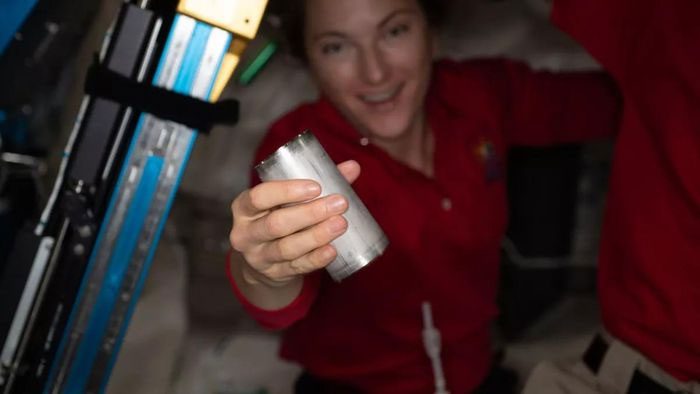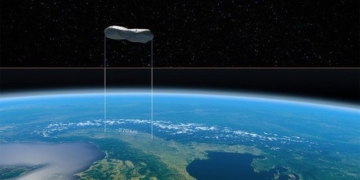According to Space, on June 26, the crew aboard the International Space Station (ISS) achieved an impressive 98% water recovery rate, marking a significant milestone in the effort to recycle water in space. Remarkably, the astronauts accomplished this by recycling their urine and sweat.

A water filtration device used to recycle urine in space. (Photo: NASA).
A report from NASA indicates that each astronaut on the ISS consumes between 2.5 to 3 liters of water per day. This water is used for direct drinking, hydrating food, and personal hygiene. The increased water recycling rate will allow the crew to stay on the space station longer, facilitating extended research missions.
“This is a significant breakthrough in the development of life support systems. The fact that you arrive at the space station with 100 liters of water and only consume 2 liters of that, while continuously recycling 98% of the remainder, is an impressive achievement,” said Christopher Brown, a representative from the ISS life support system management team.
To achieve the aforementioned water recycling rate, scientists utilized the Environmental Control and Life Support System (ECLSS). This device consists of a wastewater recovery system, a humidity separator, and an advanced filtration unit. ECLSS can recycle 98% of water in microgravity, while also adding iodine to the final product to inhibit microbial growth.
“Don’t worry about the crew having to drink urine. After undergoing thorough collection and filtration processes, it is purer than many types of water used on Earth,” said Jill Williamson, head of the ECLSS management team.
According to Williamson, the increase in recycled water means that the amount of oxygen and water reserves brought on each space mission will be reduced. This allows the crew to carry more scientific equipment, enabling them to focus more effectively on their research tasks.





















































